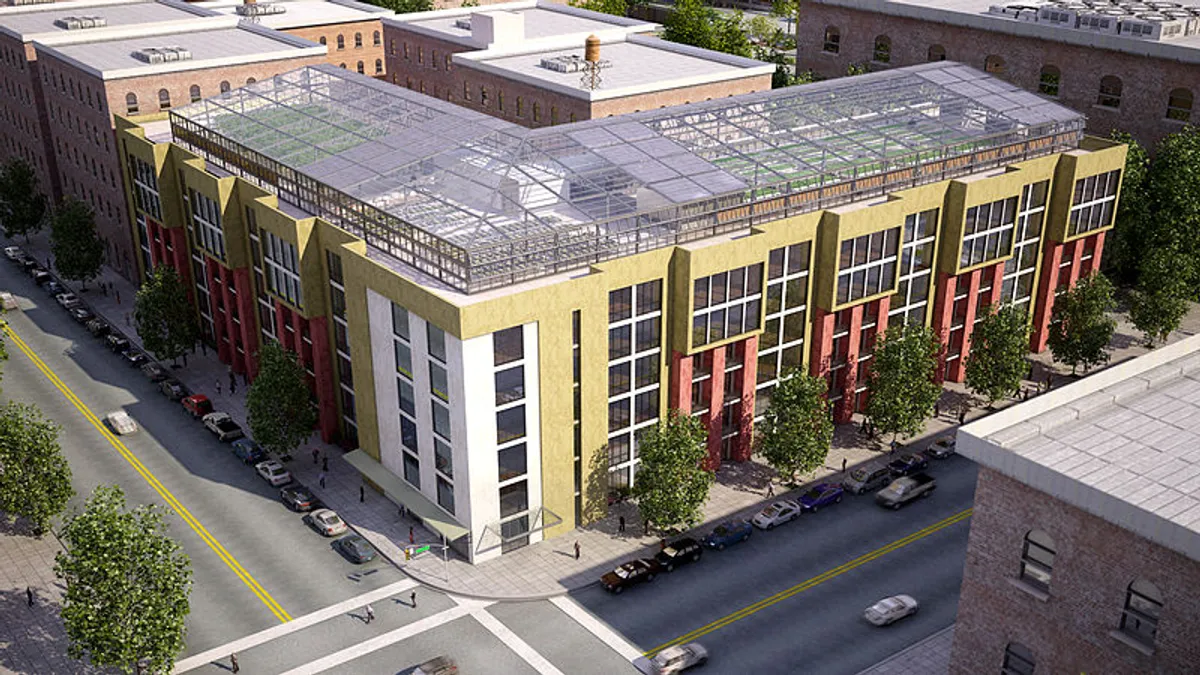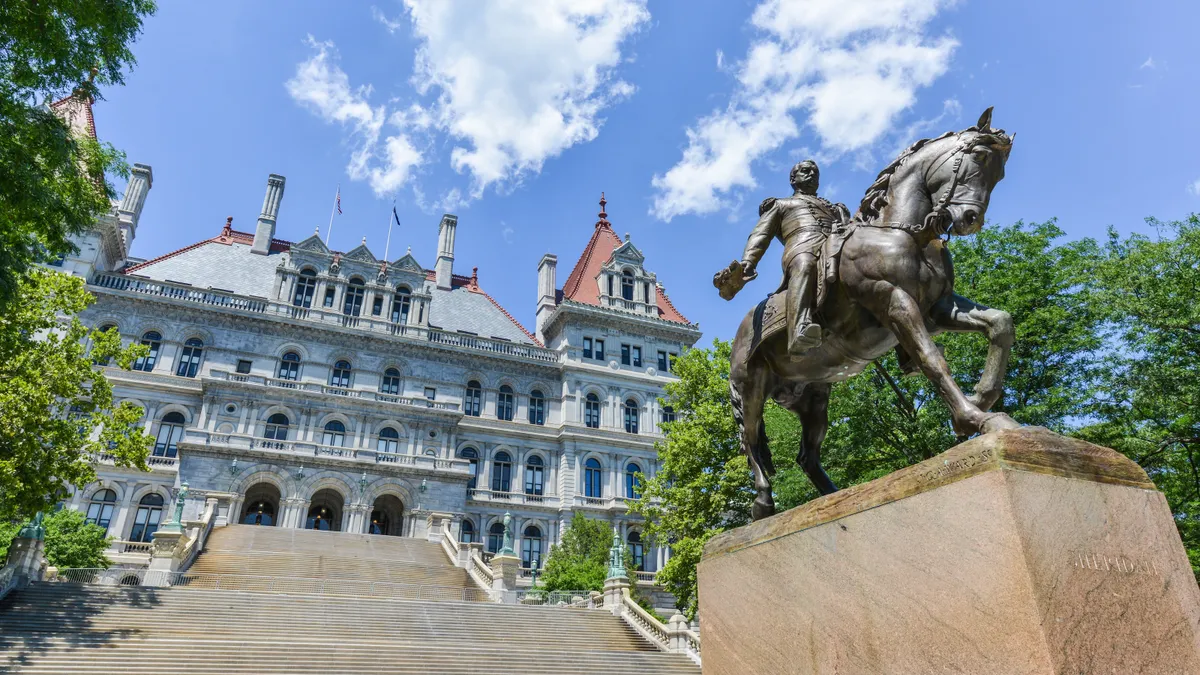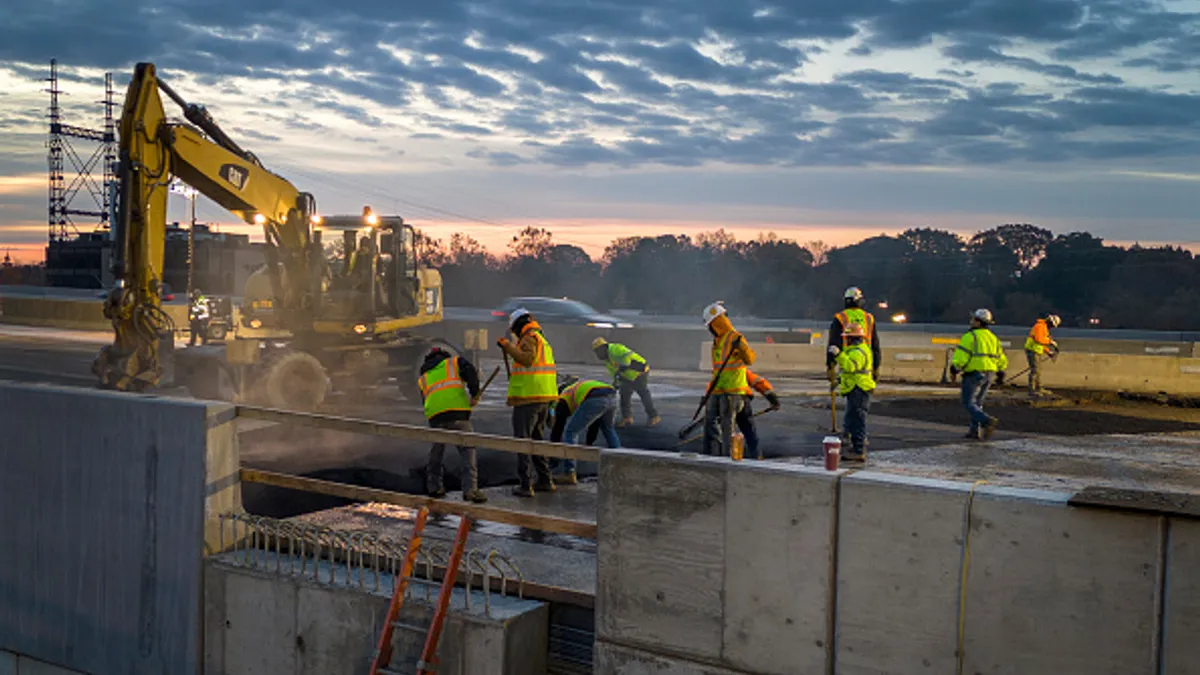Affordable housing is becoming an ever-increasing critical issue in the U.S., particularly in several "hot market" cities in California. High paying jobs are luring new residents to places like San Francisco and Los Angeles but, in the process, are driving housing costs up, leaving lower-paid locals to either discount the prospect of homeownership completely or relocate. In fact, a recent Beacon Economics report estimated that California lost a net 625,000 residents from 2007 to 2014, largely due to rising housing costs.
The solution for some cities: Inclusionary zoning laws. But how do recent court decisions impact the state of affordable housing regulations in the U.S.? And what do developers need to know to going forward?
The San Jose battle
California city and county officials estimate that approximately 170 municipalities in the state have instituted some version of these laws, which mandate various measures, mostly aimed at new construction, to increase the number of affordable units. In the case of San Jose, CA, the city introduced an ordinance in 2010 that requires most new residential projects to include at least 15% below-market-rate units.
The California Building Industry Association (CBIA) immediately took San Jose to court, arguing that the set-aside requirement was represented the "taking" of private property. However, the California Supreme Court did not see it that way and upheld the San Jose law. And, after a CBIA appeal of that ruling, the U.S. Supreme Court just last month denied a review.
CBIA General Counsel Nick Cammarota told Construction Dive, "The first reaction to it is that in those jurisdictions that feel that this is a viable solution to providing affordable housing, it does make housing more expensive." Cammarota pointed out, however, that both the California Supreme Court and the U.S. Supreme Court acknowledged "that there remain legal limits to what jurisdictions can do."
Cammarota said the California Supreme Court ruled in favor of San Jose because it couldn’t find that developer profits were reduced by the statute. He said the ordinance provides developers with alternatives to including below-market rate units, such as the rehab of existing properties, the option to pay into an affordable housing fund, and a process by which a developer can apply for a waiver. In addition, Cammarota said, the city gives builders some economic benefit through density bonuses, parking reductions, setback reductions and even a cash option in some cases.
Attorney Mark Johnson, with Snell & Wilmer in California, agreed with Cammarota and said a "bad" statute would have been easier to fight successfully. For example, Johnson said, an ordinance that requires developers to set aside 15% of their units with no economic benefit in return or no alternatives would be "fairly easy to attack."
In the case of San Jose, however, Johnson noted that the statute was well-drafted. "There’s kind of a carrot and stick approach being applied here," he said.
A national problem
But, of course, California is not the only state dealing with affordable housing issues.
Modesto J. Bigas-Valedon, senior associate at Philadelphia planning, architectural and design firm Wallace Roberts & Todd — which has many affordable housing projects in the Northeast under its belt — said that even though inclusionary housing laws might impact development costs, "it’s seen as a way to address concerns of gentrification by requiring affordable units that would not be built if it was completely market rate."
Adam Mermelstein, managing member of Treetop Development, LLC, said his company builds middle-income to upper-middle income housing in New York City, and density bonus subsidies from local government really do make up for any required below-market set-asides. "Oftentimes, in the location that we’re building, the differential between market and set-aside doesn’t really affect our bottom line," he said.
Mermelstein added, "Truthfully, it’s almost beneficial to us because, oftentimes, to have that additional density is meaningful to us from a dollars perspective."
Cammarota said that in California, the give-backs cities are willing to provide under inclusionary ordinances may or may not make a builder whole, depending on the area of the state. He said a density bonus can make sense in higher cost areas like Los Angeles, San Diego or San Francisco and, even to some degree, make up for the additional costs of having to provide additional units.
However, he added that it’s unrealistic to expect those kinds of returns in areas like Fresno, Bakersfield or even Sacramento because there are not enough people financially able to support the significantly more expensive housing. "For the most part," Cammarota said, "giving somebody a density bonus in the rest of the state is not helpful."
What's ahead for affordable housing
So what’s in store for inclusionary zoning and affordable housing in California and elsewhere?
"It obviously continues to be an issue for our industry," Cammarota said. There will still be inclusionary challenges, but "this doesn’t mean that litigation over the individual facts of any particular inclusionary ordinance or the issue in general for us is going away," he said.
Cammarota added that, in the big picture, all of these challenges provide guidance to cities as far as what kind of laws will hold up in court.
Mermelstein said, "I can tell you that in New York City, (inclusionary laws) do not slow down development. There’s a crane on every block, whether it’s Park Avenue or a side street in the Bronx."
In fact, he said he believes developers will soon see more inclusionary requirements, particularly in "rapidly changing, large, urban markets" where there is an existing population with varied incomes. "I definitely think the trend is going to continue (in an effort) to build affordable and keep the current residents of the community within the community and not displace them by bringing luxury units solely to the municipality," he said.
Kim agreed and added, "You have to address housing — affordable housing — to have a sustainable state where people can live. They have to address it somehow."
Bigas-Valedon said, "The fact that there is a pressure to minimize the effect of gentrification is going to keep happening. It’s going to leave its mark. It’s going to force developers to be more creative."
"This is a societal problem, and if society, as represented by our elected officials, decides to do something about it, the way to do it is to have broad participation across all sectors of the economy and all people," Cammarota said. He added that lower-pay workers, who serve everyone in the community, need a roof over their head just like everyone else, and the problem requires everyone’s participation, not just new businesses or developers. "Otherwise, this is all happy talk and not a real solution," he said.






















